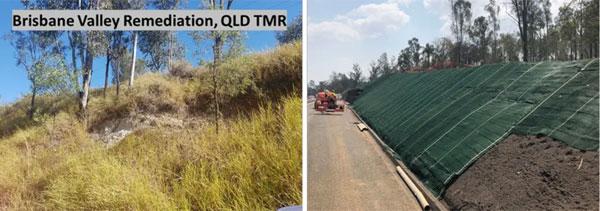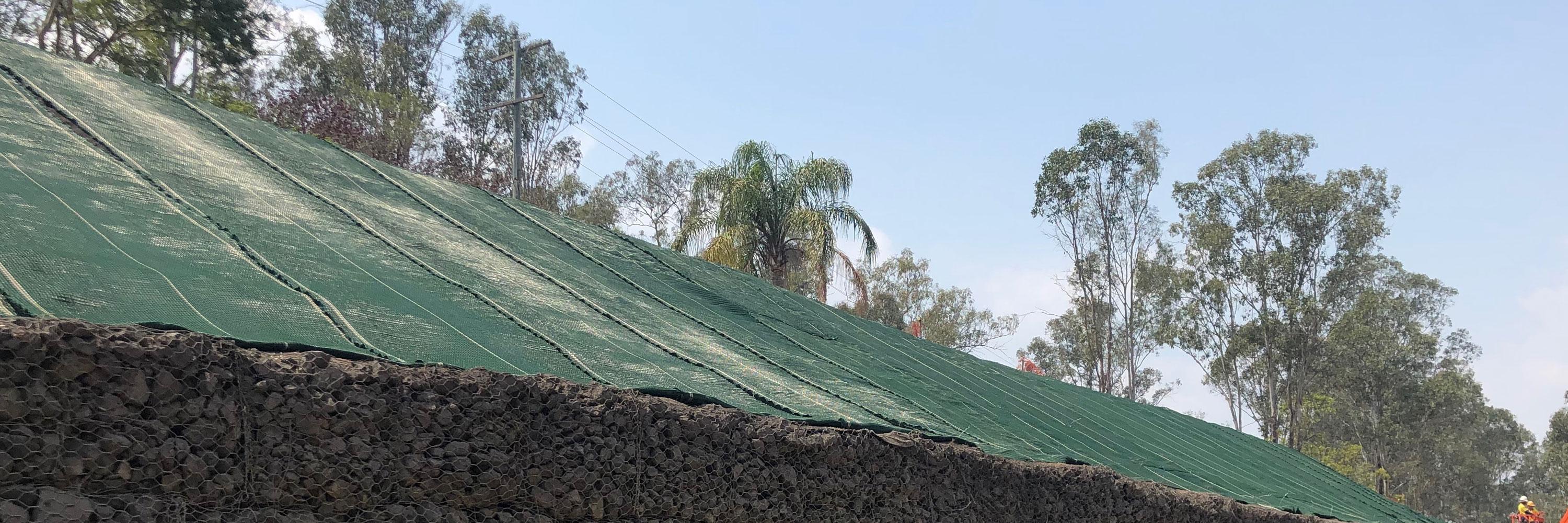Almost all sliding of soil masses are due to the combination of increased shear stress acting on the soil, along with reduced shear strength of the soil itself. Identifying the sole reason for a sliding slope failure is practically impossible, as multiple factors can cause increased stress and reduced soil strength which leads to a significant soil mobilisation event.
While erosion is technically not a mode of slope failure, it can often be considered as a root cause resulting in similar undesirable consequences. Rainfall and surface runoff can detach and transport soil particles, resulting in rilling and gullies along a slope face. These indentations can eventually alter the slope geometry and the ability of the soil to support itself, leading to the propagation of a surface failure. Furthermore, active erosion on a slope will greatly limit the establishment and growth of vegetation, resulting in reduced resistance to shear stress.
To overcome this, Armormax® Engineering Earth Armoring System (EEAS) provides slope stability against sliding slope failure, consists of reducing shear stresses as well as increasing the shear strength of the soil mass. Armormax® is not only effective in resisting the shallow shear forces associated with both modes of failure, but it also provides permanent surface erosion control.
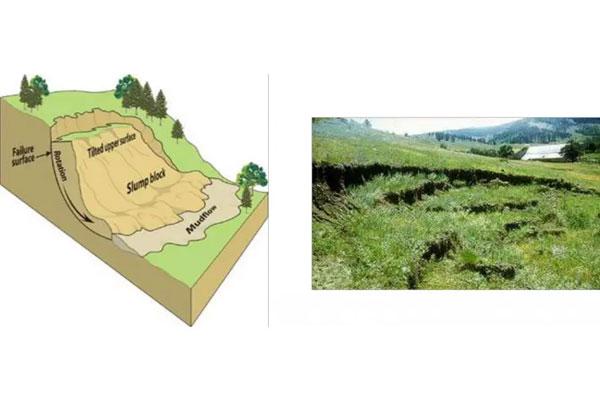
1. What is Armormax®?
Armormax® Engineering Earth Armoring System (EEAS) is a multi-component system that includes a High Performance Turf Reinforcement Mat (HPTRM) installed on the slope surface, permanently secured using Percussion Driven Earth Anchors (PDEAs) in a designed pattern, driven to a designated distance below the surface of the slope (Figure 1). Each component of the Armormax® has a unique purpose enabling the whole system to serve as an effective solution to provide slope stability against both translational and rotational sliding failures.
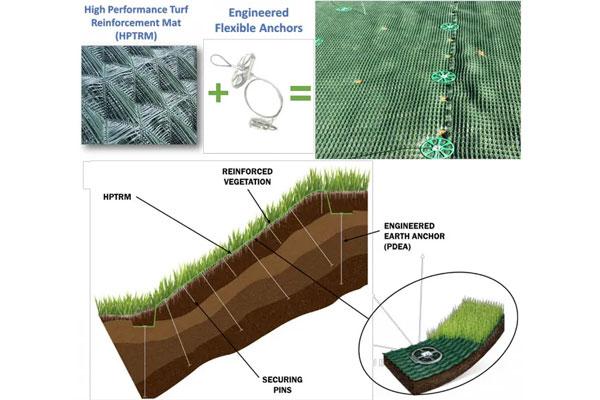
Figure 1: Armormax®
Click here for a short video
Use of a synthetic HPTRM composed of a homogeneous, lofty, three-dimensional matrix of woven polypropylene fibres promotes the ability of the system to function as designed. A homogeneous, densely-woven HPTRM with high tensile strength (minimum 40kN/m) is recommended. Densifying the woven matrix promotes greater resilience without sacrificing the porosity of the geosynthetic to allow for the relief of pore pressure from saturated soils within a slope mass.
Important parameters for the long-term performance and survivability of this system include:
Hydraulic resistance to velocity and shear stresses (generated by flowing water)
An optimal relationship between the overall thickness of the material and its flexibility
High strength and resiliency
A high degree of UV resistance (at least 85% retained tensile strength at an accelerated exposure simulation of 10,000 hours).
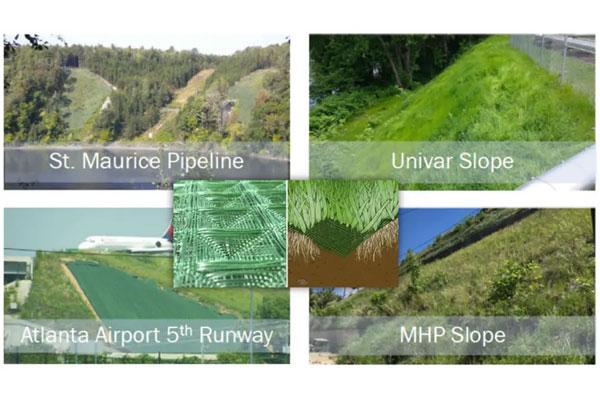
Figure 2: Armormax®
Using Armormax® as a slope reinforcement solution includes utilising the anchors as a reinforcement to provide resistance to driving forces.
Incorporating the HPTRM to distribute load amongst the anchors and provide resistance to movement, and a permanent layer for vegetation to establish through the three-dimensional matrix of the HPTRM, will help to control surface erosion and resist shear forces.

Figure 3: Armormax® solution after installation and after vegetation
Although the erosion control and shallow plane mass-movement mitigation benefits of vegetation should always be incorporated where feasible, the Armormax® system in an unvegetated condition can still be an effective reinforcement solution in many cases (Figure 4).
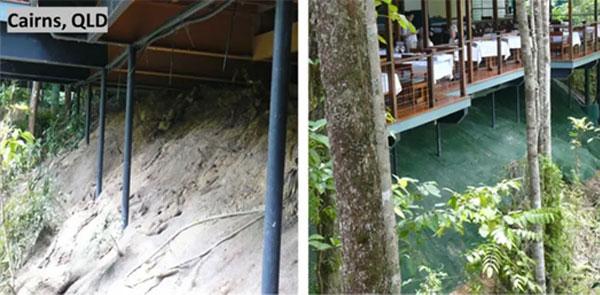
Figure 4: Armormax® for an unvegetated condition
2. Armormax® Modeling
Armormax® can be used for shallow/surficial failure as well as deep-seated rotational failure. Armormax® can be modelled using conventional limit equilibrium analysis for larger slopes with complex geometry, heterogeneous and/or anisotropic soils, anticipated deep-seated rotational failure modes, or other characteristics that do not lend themselves to the simplified assumptions of an infinite slope analysis.
In these instances, conventional limit equilibrium analysis may be used to evaluate the anchorage design (Figure 5).
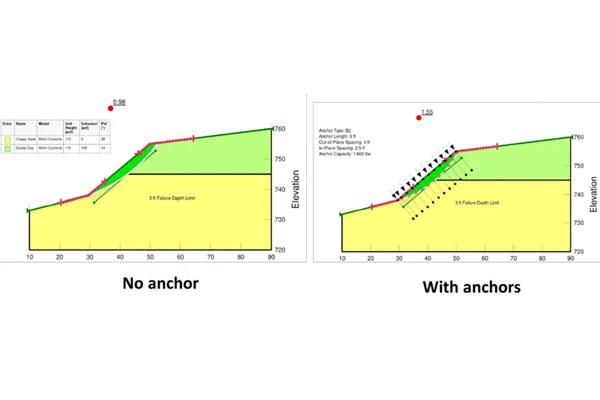
Figure 5: Armormax® Limit Equilibrium Analysis
Armormax also provides a more advanced, more sustainable and often more cost-effective replacement for traditional hard armour solutions such as rock and concrete.
3. Flood protection levees
Armormax® has been approved as the sustainable replacement for rock in flood protection levee armouring applications.
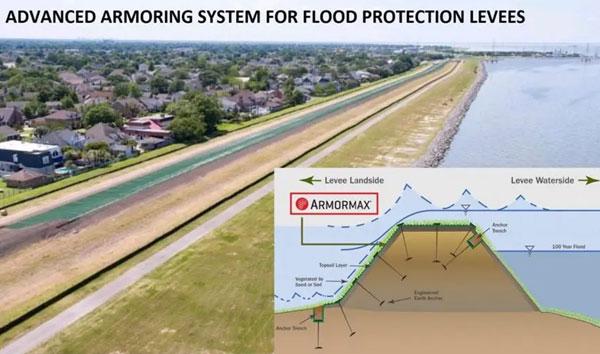
More information about levee protection can be found on our website.
4. More information and case studies:
For more information and technical specifications visit the product page here or download the technical note here.
